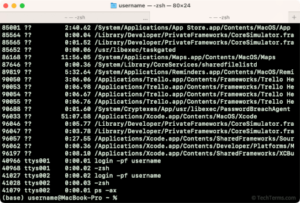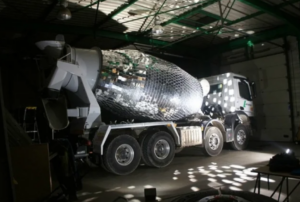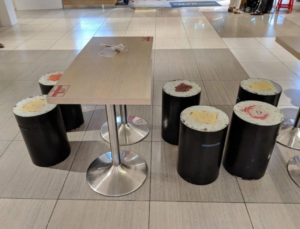Norman’s article illuminates the complex interplay between attractiveness and usability in design, suggesting that emotional responses to design can greatly influence how users interact with and perceive functionality. This understanding dovetails with Hamilton’s story, as her work in programming not only required an astute technical foundation but also a profound understanding of the user experience—astronauts, in this case—where the emotional stakes were life-and-death rather than mere convenience or pleasure.
Both Norman and Hamilton disrupt conventional narratives in their fields. Norman challenges the notion that design’s utility is purely functional and devoid of emotional consideration. Similarly, Hamilton shatters the glass ceiling, showcasing that women, often relegated to supportive roles during the 1960s, were capable of leading and innovating in technology and engineering, changing the trajectory of history.
The meticulousness in Hamilton’s programming, her foresight in anticipating potential software errors, and her commitment to creating reliable and user-centric software systems reflect the synthesis of form and function that Norman advocates. Hamilton’s designs needed to be not only functional but also to inspire confidence and evoke a sense of security for the astronauts—emotional impacts that were critical to the success of the Apollo missions.
Norman posits that design should elicit positive emotions, which enhance creative thinking and problem-solving capabilities. Hamilton’s work embodies this ethos, where the software she created required imaginative solutions that had to consider the astronauts’ interactions with the technology. Her work went beyond mere function—it was critical in crafting a human-centric experience under extraordinary circumstances.
Margaret Hamilton’s career, while ostensibly in the realm of software engineering, was also deeply entwined with design principles. Her software had to be user-friendly and intuitive for the astronauts, a requirement that predated but is consistent with Norman’s advocacy for designs that account for human emotions. The alignment between Norman’s theoretical framework and Hamilton’s practical application underscores the importance of design thinking in technological innovation.
In essence, Norman’s essay and Hamilton’s narrative converge on a fundamental principle: whether in the form of a teapot or lunar software, good design respects the user’s emotional experience and cognitive processes. Both stories celebrate the potential of human ingenuity when it is applied with empathy and consideration for the user experience.
Through their respective lenses, Norman and Hamilton illuminate the intricacies of human interaction with technology. Norman does so by dissecting the role of emotion in design, while Hamilton does so by pioneering software that supported one of humanity’s most emotionally resonant achievements. Both exemplify how the integration of form, function, and feeling can result in extraordinary usability and transformative experiences.
The reading of these two narratives, interwoven, culminates in an appreciation for the nuanced role that emotion and human-centric design play in the advancement and acceptance of technology. They advocate for a vision where technology and design do not merely serve human needs but also enrich the human spirit, a vision as expansive and hopeful as space itself.

 GUI
GUI Terminal Interface
Terminal Interface




